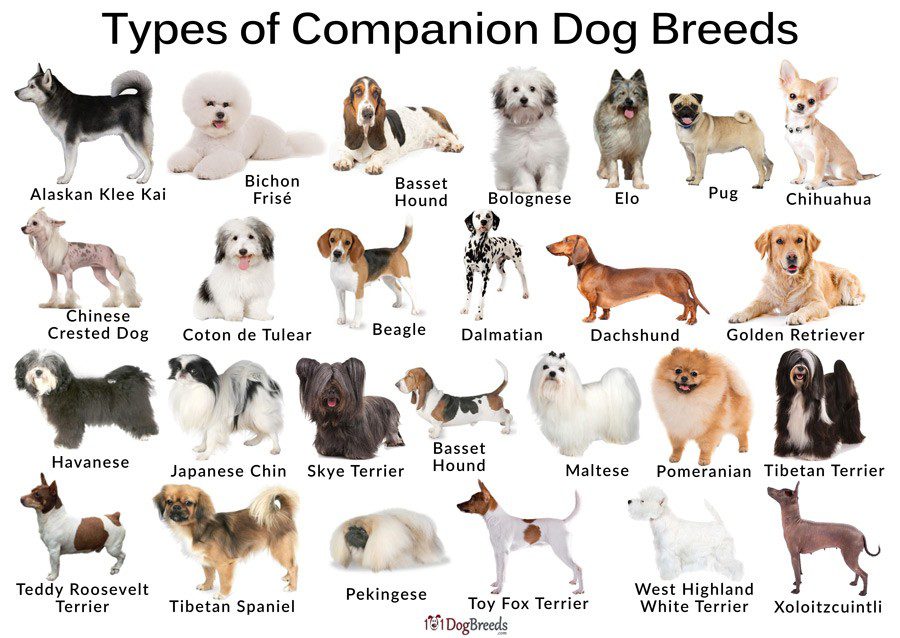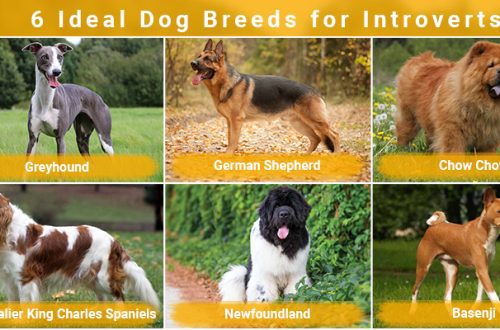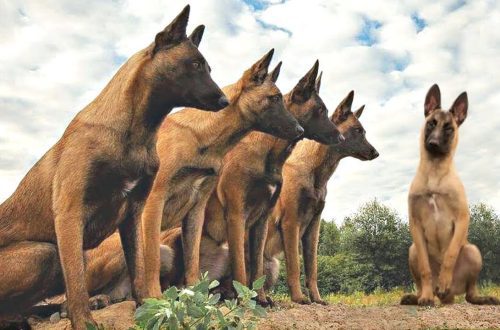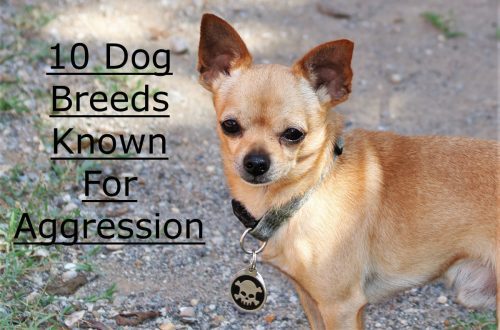
Companion dog breeds
Like working dogs, companions have a calling. They should be next to a person, accompany him everywhere, obey and understand perfectly. They are not designed for a specific job, but act as pets.
Companion dogs don’t have to have stamina, hunting instincts, or an impressive sense of smell. Their main quality is a pleasant character: friendliness, lack of aggression and a cheerful disposition. Appearance also plays an important role: most often these are medium-sized animals, sometimes with exaggerated “decorative” features, such as, for example, a Pekingese or a pug.
A bit of history
For centuries, breeders have perfected the appearance and character of dogs of decorative breeds. In the Middle Ages, small dogs were an indicator of the high wealth of their owner. There are many portraits of noble people who hold a small pet in their arms.
Today, according to the FCI system, companion dogs make up the ninth group – Decorative and Companion Dogs. It includes eleven sections:
Bichons and related breeds: Maltese, “cotton from Tulear” (coton de tulear) and others;
The second section includes poodles of various sizes and colors;
Small Belgian dogs, which traditionally include three breeds: the small Brabancon, Belgian and Brussels Griffons, make up the third section;
Interestingly, the fourth section “Naked dogs” includes only the Chinese Crested. Two other hairless dogs, the Xoloitzcuintli and the Perunian Inca Orchid, recognized by the FCI, are in the fifth group – “Spitz and breeds of a primitive type”;
The following breeds from Tibet were selected in the IFF: Shih Tzu, Lhasa Apso and others;
Separately settled down the smallest dogs in the world – Mexican chihuahuas;
The English Small Spaniels King Charles and Cavalier King Charles make up the seventh section;
The eighth section is two breeds: the Pekingese and its closest relative, the Japanese Chin;
Papillon and Fallen, which are known as Continental Toy Spaniels, as well as the Russian Toy, in the ninth section;
A small German breed Cromforlander – in the tenth section;
Finally, the last, eleventh section of the group are small molossoids, among which are the pug, the French bulldog and the Boston terrier.
Breeds from other groups
However, these are not all decorative breeds. For example, the Yorkshire Terrier, although it belongs to the terriers, is no longer a hunter. This is a companion dog. The same transformation took place with the English Toy Terrier. In addition, Italian greyhounds, dwarf pinschers, and Pomeranian can be attributed to decorative breeds.
Many medium-sized dogs are made today as companions: various terriers, beagles, dachshunds, welsh corgis, shiba inu and others.
Unrecognized breeds
In addition to the recognized ones, there are breeds that are not officially registered in the FCI, among them the American hairless dog, the Russian colored lapdog, the Prague rat. By the way, the latter, originally from the Czech Republic, was a famous rat hunter several centuries ago. But gradually the rat disappeared from the city streets, they began to start it as a pet.
In addition, there are street animals, not purebred, which also often become favorite companions of both single people and families with children.
Often a pet is a small or medium sized dog, simply because such a pet is easier to keep in a city apartment.
But, if the owner is ready to take care of a big dog, walk with it for a long time and engage in training, even a large service dog can become a worthy companion.
Photo:





